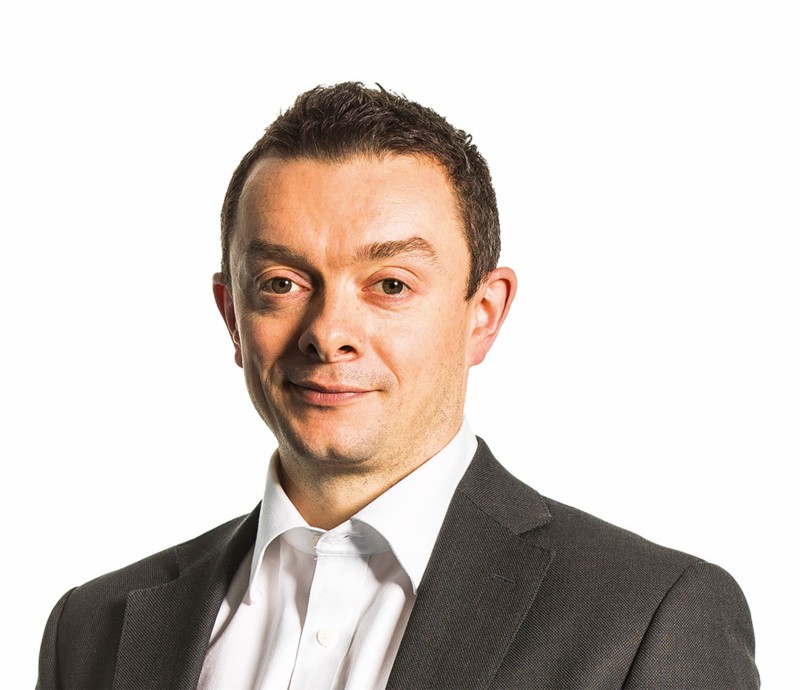Technical Insight
Removal of the lifetime allowance: what this means for your clients on death
The removal of the lifetime allowance sees a change to how pension death benefits are considered against the new lump sum and death benefit allowance.

id
The removal of the lifetime allowance sees a change to how pension death benefits are considered against the new lump sum and death benefit allowance. It’s important to understand the tax advantages of these changes for clients and their chosen beneficiaries.
id
Key points
- Pension death benefits taken as beneficiary drawdown, or a beneficiary annuity, are not counted toward any allowance, so any amount can be drawn tax free on death before age 75.
- The same rules apply for succession where a beneficiary dies before age 75.
- Death benefits paid from funds that were crystallised pre-6 April 2024 are not tested against the Lump sum and death benefit allowance (LSDBA), so are paid tax free on death before age 75.
- From age 75, all pension death benefits are subject to income tax on the beneficiary when paid.
- Would your client benefit from transferring to a plan which permits beneficiary drawdown?
In the second of our two-part series looking at the removal of the lifetime allowance (LTA) we look at:
- how the removal of the LTA changes pension death benefit taxation.
- the taxes to look out for when planning for death.
- and the value of making nominations to maximise flexibility.
In the first article, we discussed the new allowances, pre 6 Aril 2024 crystallisation and transitional tax-free amount certificates.
Lump sum and death benefit allowance (LSDBA)
The LSDBA caps the tax-free lump sums a person can access during their life and the tax-free lump sum benefits paid on their death to £1,073,100. The LSDBA may be more than this if a client has transitional protection.
We include a breakdown of the transitional protections and amended allowances in our previous article.
A client’s LSDBA may be reduced where a customer has already started to access their pensions. The LSDBA is reduced by:
- the amount of each tax-free lump sum a client takes from 6 April 2024.
- 100% of serious ill health lump sum or death benefit lump sum benefit crystallisation events (BCEs) pre 6 April 2024.
- 25% of any other BCE that occurred before 6 April 2024.
id
Planning tip
It’s important to validate what protections a client has and what benefits they have taken to understand what their remaining LSDBA will be.
Some clients may also benefit from a transitional tax-free amount certificate to increase their LSDBA, details of which can be found in our LSA & LSDBA article. There are opportunities to take advantage of how the LSDBA works compared to the LTA.
Example, Joshua has used 100% of their LTA taking a scheme pension from a defined benefit scheme, they took no tax-free cash. They also have a personal pension valued at £1m.
Death pre-6 April 2024 would have meant no LTA was available, so any death benefits from the personal pension would have been taxed against the recipient’s marginal rate.
Death on or after 6 April 2024 would mean that having used no tax-free cash, and with the personal representatives applying for a transitional tax-free amount certificate, the deceased’s LSDBA can be retained in full. The £1m personal pension can be paid as a lump sum tax free.
id
Death before age 75
The abolition of the LTA and the introduction of LSDBA sees a change to how death benefits are taxed in some circumstances.
There are a range of taxable scenarios if death happens before age 75 as shown in the table below:
| Paid to individual | Paid to non-qualifying person* | |
| Lump sum within the LSDBA, settled within two years of notification | Paid tax free | Paid tax free |
| Lump sum in excess of LSDBA | Taxable at beneficiary’s marginal rate | Taxed at basic rate, or at the trust rate of 45% if paid to a trust |
| Lump sum not settled within 2 years of notification | Taxable at beneficiary’s marginal rate. | Taxed at special lump sum death benefit charge at 45% |
| Beneficiary drawdown or annuity |
Tax free | N/A |
| Dependant’s scheme pension | Taxable | N/A |
*Non-qualifying persons are commonly trustees or personal representatives of an estate.
Lump sums not settled within 2 years of notification become taxable, but are not a relevant benefit crystallisation event (RBCE) so are not counted against the LSDBA.
Any pension commencement lump sum (PCLS) an individual was entitled to immediately before death is considered payable before any other lump sums. Otherwise, the personal representatives can choose the order of which pensions are used. This is important as benefits in excess of the LSDBA are taxed at the beneficiary’s marginal rate, so the beneficiary's tax position is an important consideration over which pensions crystallise first.
id
Planning tip
Clients could consider changing their nominated beneficiaries to individuals who might be non-taxpayers or pay basic rate tax, to make lump sums in excess of the LSDBA more tax efficient. The client’s personal representatives may benefit from advice to help with the order pensions crystallise and the tax planning benefits.
id
Any pensions that crystallised before 6 April 2024 were already tested against the LTA so are not also tested against the LSDBA. This means drawdown funds that were crystallised before 6 April 2024 will be paid as tax free lump sum death benefits. The client’s LSDBA will have already been reduced by the BCE so tax free benefits elsewhere may be restricted.
A charity lump sum death benefit and trivial commutation lump sum death benefits are not counted toward the LSDBA and have their own tax treatment.
Beneficiary drawdown and beneficiary annuities
A significant change to pension death benefit planning is that death benefits taken as beneficiary drawdown or beneficiary annuities do not use up the LSDBA, and do not require any LSDBA to be taken. Previously they would have all been counted toward the LTA along with any other benefits. There is no cap to the amount that could be paid tax free as beneficiaries’ drawdown or annuity on death before age 75.
Note, although dependant’s scheme pensions are not counted against the LSDBA they retain their existing tax treatment and are always taxable.
Some beneficiaries will prefer the guaranteed income that an annuity can provide, especially tax free, however, some beneficiaries, in particular younger beneficiaries may not consider a guaranteed income as valuable, partly due to the lower annuity rates available due to their age. Many of the planning opportunities are therefore targeting the transfer of wealth using drawdown.
It’s therefore important to review whether your clients are invested in products which are flexible enough to offer beneficiary and successor drawdown. A transfer to a scheme with all the death benefit options could be beneficial, the drawdown option gives the maximum flexibility and tax efficiency where the LSDBA may be exceeded.
Using the drawdown option also means keeping the investment in a tax advantaged pension wrapper and outside of someone’s estate.
id
Planning tip
Only a dependant or a nominee is usually able to select beneficiary drawdown, so it is important to ensure that nominations are up to date so the people your clients want to benefit have this flexibility and access to tax free drawdown.
This could be of particular value for unmarried partners or older children. Otherwise, they may have no choice but to take death benefits as a lump sum, which if it exceeds the LSDBA would be taxable at their marginal rate.
Death after age 75
Where a policyholder dies after age 75, all death benefits are taxable. This includes beneficiary drawdown, and any benefits crystallised before 6 April 2024. This means a different wealth transfer strategy may be required for clients over age 75.
Any payments to an individual are taxed at the beneficiary’s marginal rate.
Any payments to non-individuals (for example a trust or estate) are subject to the special lump sum death benefit charge of 45%
Note there is no immediate tax for entering beneficiary drawdown after age 75, tax only applies once the beneficiary draws on the fund.
id
Planning tip
As all death benefits become taxable from age 75, if a client still has available LSA and LSDBA, they could take PCLS after age 75 to maximise the tax-free benefits available. Doing so would add funds to the members estate (if it’s not used) which could push the estate value over the nil rate band. Depending on the tax status of the beneficiaries, a resultant inheritance tax charge at up to 40% could be greater than the income tax charge on the death benefits.
id
Succession planning
The same planning approach can be taken with beneficiaries as with the original policyholder, with any unused funds passed on. Noting that inherited drawdown is not tested against the deceased beneficiaries LSDBA.
Drawdown arrangements are a practical way of transferring wealth through multiple generations. If a dependant, nominee or successor takes pension death benefits as beneficiary drawdown, they can nominate who they would like to benefit in the event of their death. This helps to create tax advantaged generational planning. Whether the beneficiary dies before or after age 75 determines whether their successors can receive the remaining benefits tax free, using the same approach as above.
If the original policyholder dies over age 75, then a beneficiary would be subject to income tax on any income they draw. If that beneficiary dies before age 75 then their successor would receive the benefits tax free, so could continue the drawdown tax free or take a lump sum tax free.
Finally
To get a good outcome for your client on death, it will require you to not only know your customers actions in life, but to also understand their intentions on death. Liaising with the personal representatives and beneficiaries can demonstrate and implement the value of that advice.
Contact our Distribution team
For further information and queries, please call one of our Distribution team today.




